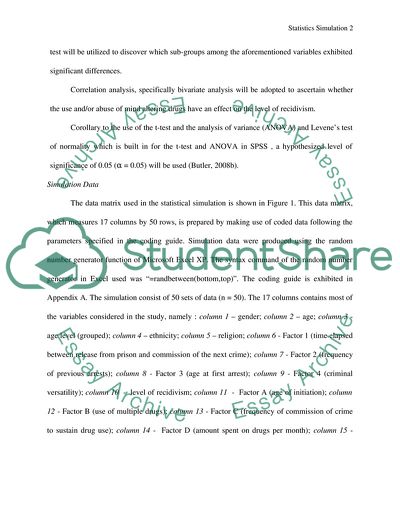Cite this document
(Statistical analysis stimulation paper Case Study, n.d.)
Statistical analysis stimulation paper Case Study. https://studentshare.org/statistics/1716248-statistical-analysis-stimulation-paper
Statistical analysis stimulation paper Case Study. https://studentshare.org/statistics/1716248-statistical-analysis-stimulation-paper
(Statistical Analysis Stimulation Paper Case Study)
Statistical Analysis Stimulation Paper Case Study. https://studentshare.org/statistics/1716248-statistical-analysis-stimulation-paper.
Statistical Analysis Stimulation Paper Case Study. https://studentshare.org/statistics/1716248-statistical-analysis-stimulation-paper.
“Statistical Analysis Stimulation Paper Case Study”. https://studentshare.org/statistics/1716248-statistical-analysis-stimulation-paper.


